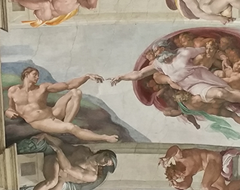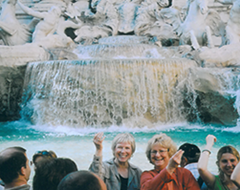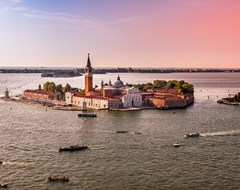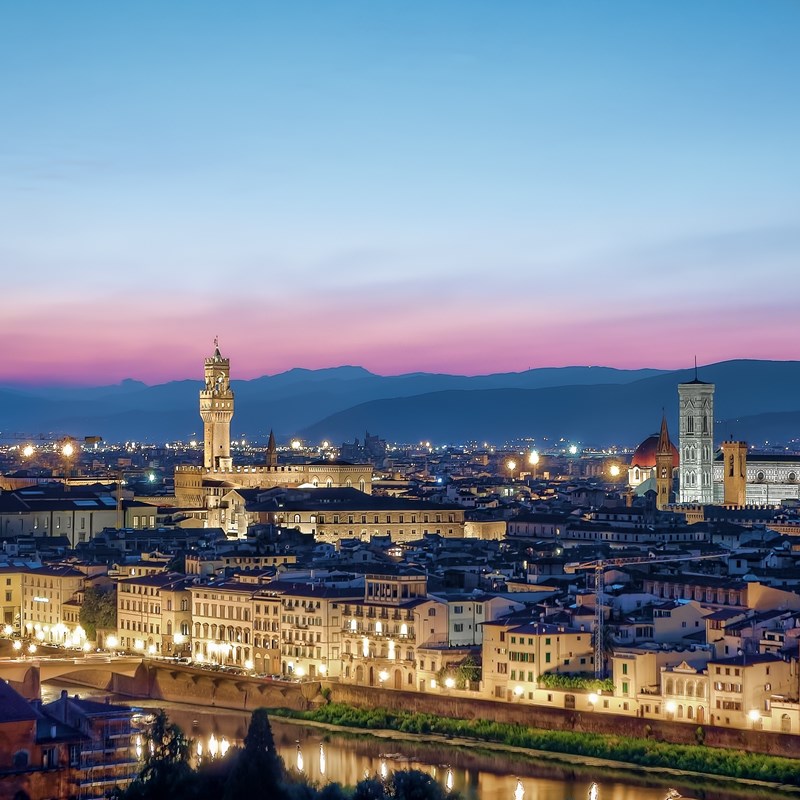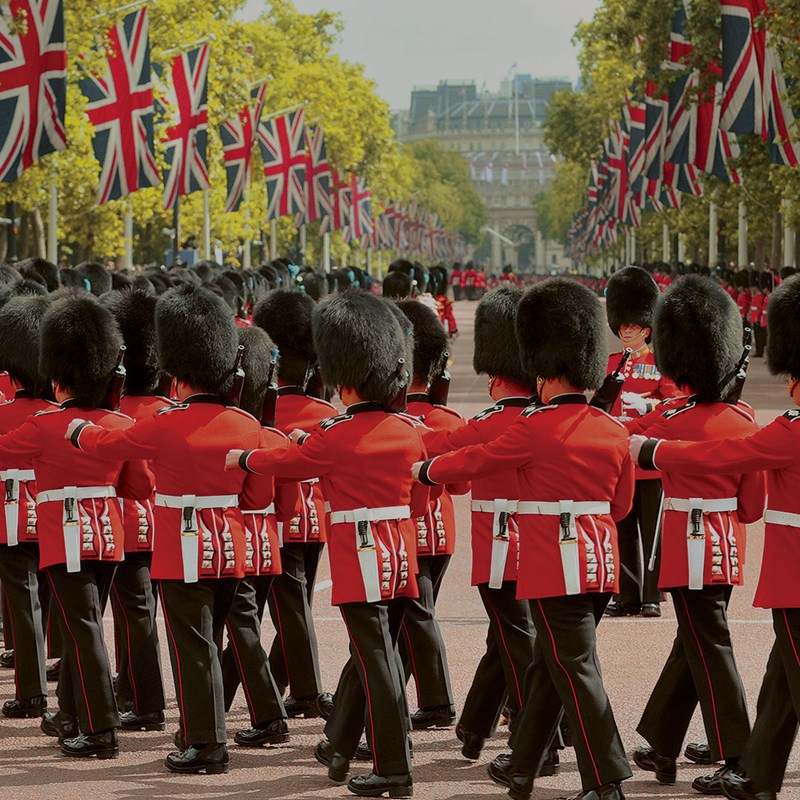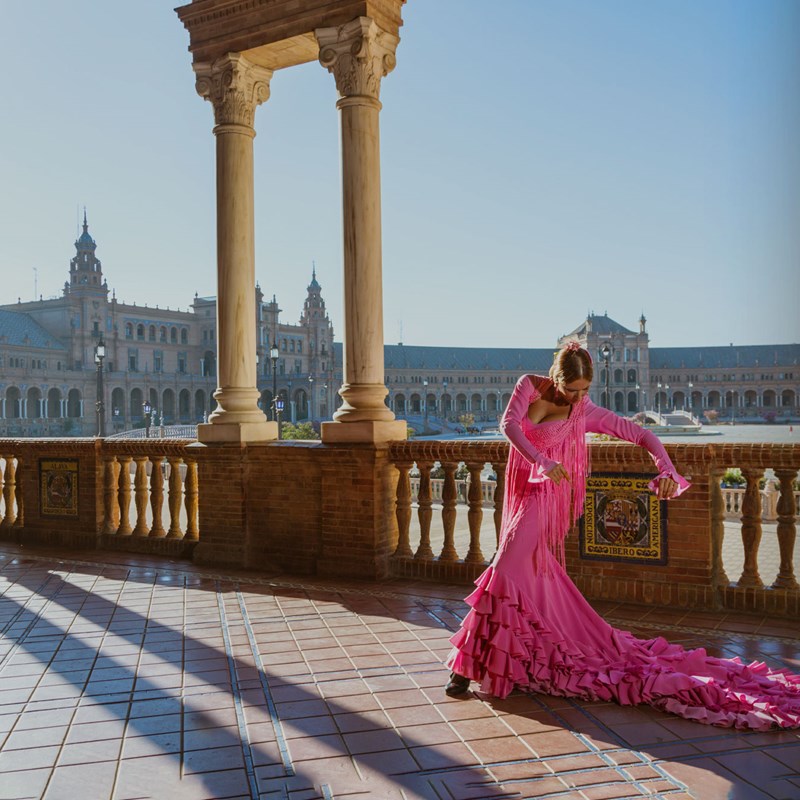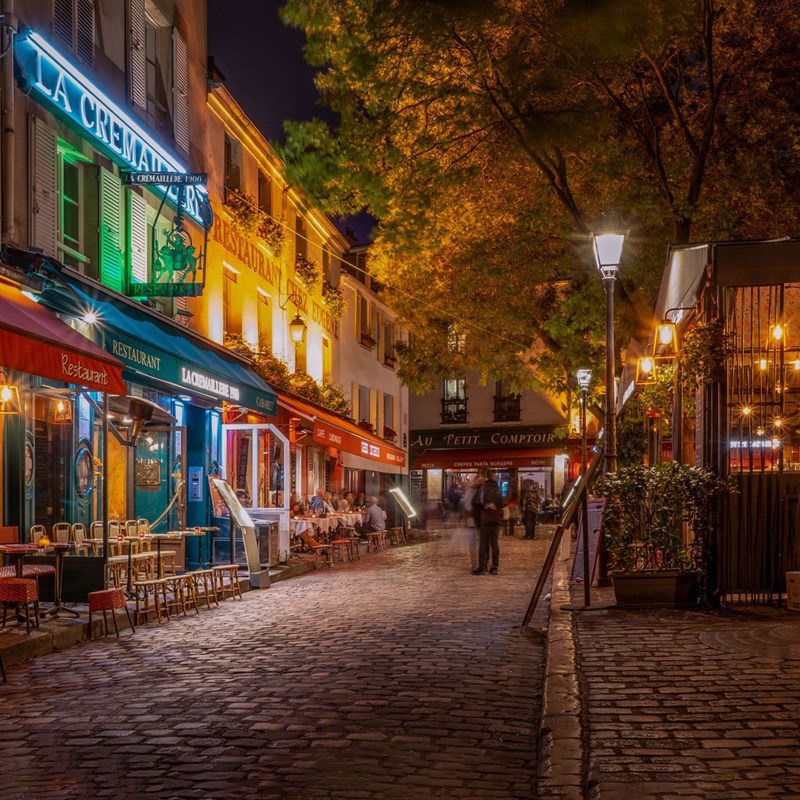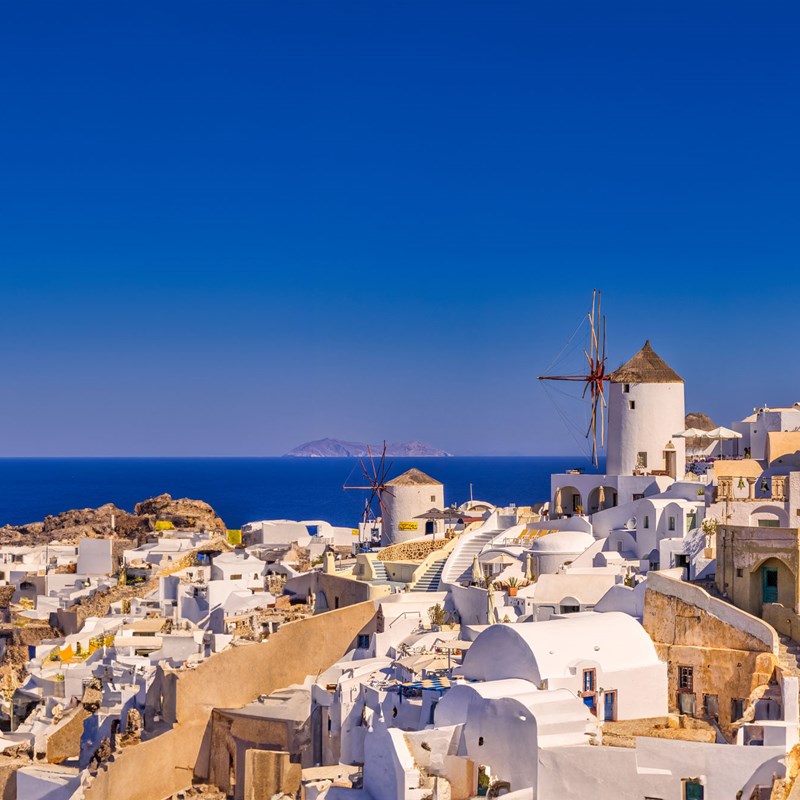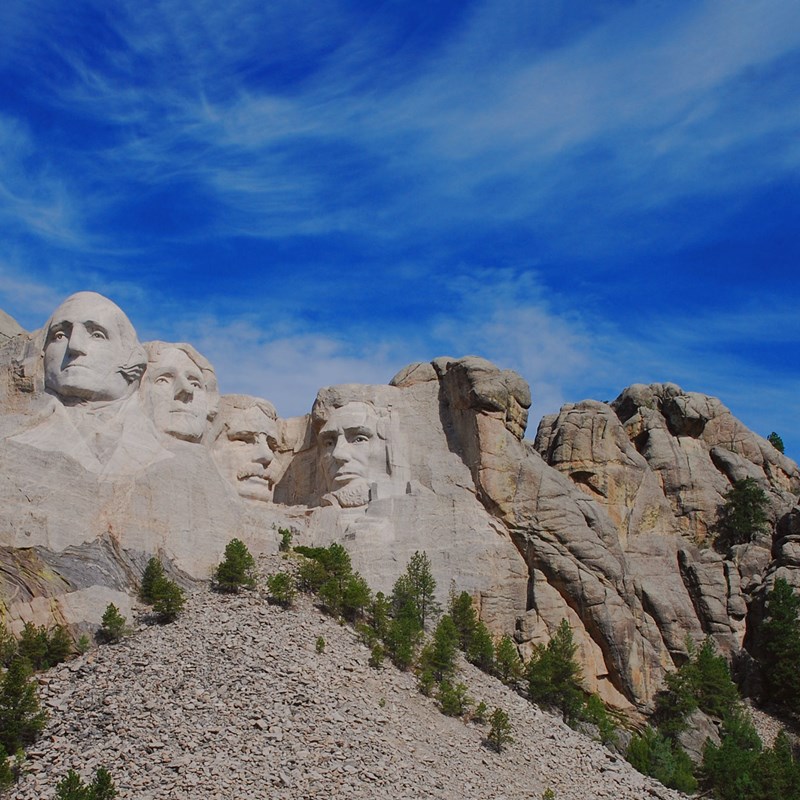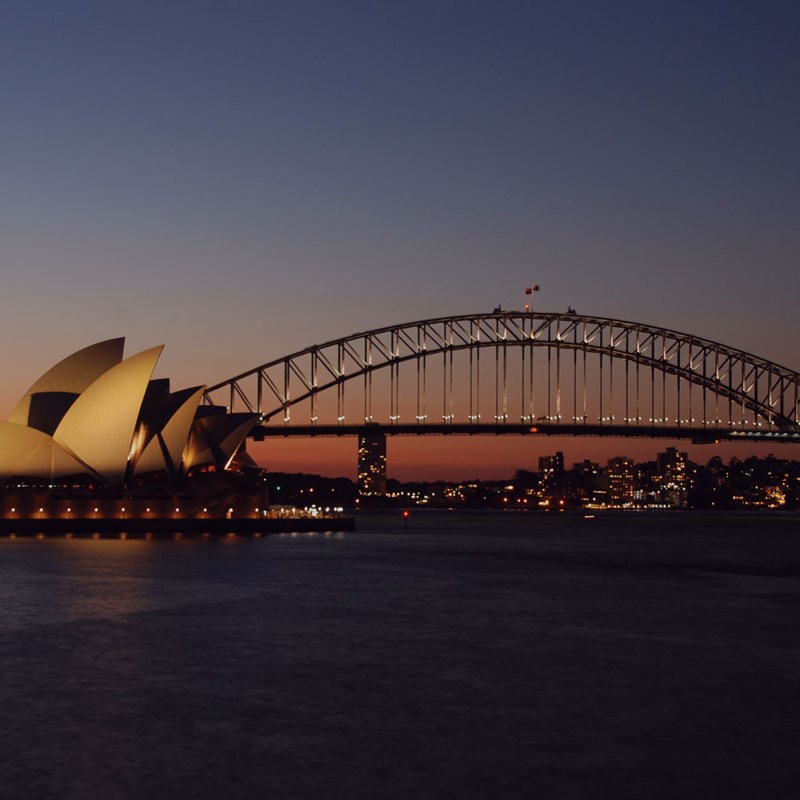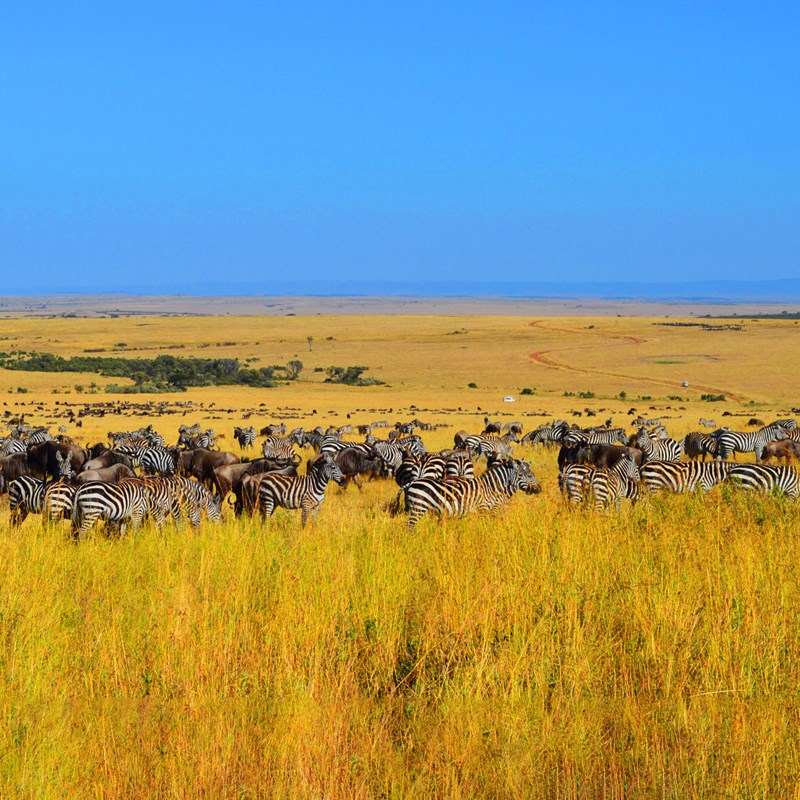5 Things Not to Miss:
The Colosseum in Rome

Top 5 Things to Do When in Rome: The Colosseum
The Colosseum is an attraction entirely meant to be marveled at for its grandeur. Walking up to the monument, there's a sense of awe and wonder mixed with a bit of horror at all that took place in the giant amphitheater. Apart from simply taking in the scale and architecture, there might be more to a Colosseum visit than you think. Here is a look at the top five things you should check out while exploring the Colosseum and the surrounding area in Rome.

Walk Through the Roman Forum in Rome, Italy
With sites dating back to 500 B.C., the Roman Forum, Forum Romanum, or simply "The Forum," was the center of day-to-day life in Rome. Originally a marketplace, the site evolved to be the stage for elections, speeches, trials, and most publicized events of Roman life. Today you can stroll the paths walked by the likes of Julius Caesar, and come across ruins of several important ancient buildings, including the Temple of Saturn and the Curia Julia, the official meeting place of the Roman Senate built by Julius Caesar in 44 BC.
Rome's Top Sites
Visit the Eros Museum at the Colosseum in Rome
Located on the upper level of the outer wall of the Colosseum, you can find a museum dedicated to Eros, the Greek god of love. The museum is an interesting stop because it contains a multitude of artifacts, including a large collection of busts, collected directly from the excavation of the Colosseum.
See the Arch of Constantine in Rome, Italy
Located outside of the Colosseum itself, this towering archway stands more than 60 feet tall and pays homage to Emperor Constantine. The tribute, hailing Constantine's 312 AD victory of the Battle of the Milvian Bridge, is the largest and best-preserved Roman triumphal arch remaining. Showcasing a total of three archways, the structure plays a little trick on unsuspecting guests. You see, it is actually composed of relief items taken from other fallen structures. That means that not all the symbolism and pictures on the arch have much to do with this victory, or even with Constantine. While viewing the arch, try to find images of a boar hunt and a sacrifice to Apollo.

Explore Palatine Hill in Rome, Italy
Located just across from the Colosseum, you can find the centermost of the Seven Hills of Rome. This location is also considered one of the most ancient parts of all of Rome. Many of the original Romans are believed to have lived on Palatine Hill, and in fact, the city itself is believed to have been named for one of the original residents; Romulus. According to Roman mythology, this is the site where Romulus killed not only his great uncle but also his twin brother Remus.
Check Out the Flora of Rome's Colosseum
Don’t overlook the plant life around the Colosseum as you take in the grandeur of the structure and bloody history of her past. In fact, life is growing here in abundance. The plant life that grows within the structure is not there simply for beautification, it’s there by its own choosing. There have been more than 684 species of plant identified here since the first cataloging in 1643. In the 1800s scientists attempted to remove all of the vegetation, concerned that the roots would damage the deteriorating stone structures. Today there are roughly 200 active plant species that call the stone walls of the Colosseum home.
Colosseum History & Facts
-
The Colosseum, also known as the Flavian Amphitheatre, was built between 72-80 AD under the rule of the Roman Emperor Vespasian.
-
It is the largest amphitheater ever built and could hold up to 50,000 spectators.
-
The Colosseum was used for a variety of events, including gladiatorial contests, animal hunts, mock sea battles, and public executions.
-
The construction of the Colosseum required over 100,000 cubic meters of stone and concrete, and it took over ten years to complete.
-
The Colosseum is estimated to have cost between 300,000 and 400,000 sesterces, which was a considerable amount of money in ancient Rome.
-
The Colosseum was damaged by earthquakes and plundered for its stone and metal over the centuries, but it remains one of Rome's most well-preserved ancient structures.
Frequently Asked Questions About the Colosseum in Rome
The Colosseum, also called the Flavian Amphitheater, is a large amphitheater in Rome. It was constructed by the Flavian emperors Vespasian, Titus, and Domitian. Built of little more than sand and concrete, this iconic amphitheater is the largest of its kind ever constructed. A massive undertaking, construction began in 72 AD and took eight years to complete.
Part of what drives the interest in this large-scale building is that it has been host to many vastly different activities. The Colosseum is best known for the gladiator battles that took place in the arena. The amphitheater was also the setting for executions and animal hunts. In the famous Damnatio ad bestiasepic, executions were carried out employing wild beasts. Perhaps most interesting, at times, the Colosseum was flooded for staged "sea battles," called Naumachia. The arena has also been used for housing, as a cemetery, as a center for artisans and craftsmen, and as a Christian shrine. Today the Colosseum serves primarily as a tourist attraction, though the Roman Catholic Church hosts ceremonies there occasionally.
The estimated seated capacity is up to 80,000 guests, but a more realistic estimate puts the capacity closer to 50,000. Either number is massive and would be considered a gargantuan capacity for its day. Unsurprisingly, so many otherworldly structures have been modeled after the Colosseum. For example, the exterior of the Vancouver Public Library, the Los Angeles Memorial Colosseum (used in the 1932 and 1984 Summer Olympic games), and the Palazzo Della Civilta Italiana in Italy.
Over the years, many popular musicians, including Elton John, have played near the structure, though not inside. In addition, to live performances, the Roman Catholic Church, headquartered in nearby Vatican City, hosts events at the Colosseum several times a year. The most popular event, “The Way of the Cross Procession,” is on Good Friday (the Friday preceding Easter).





